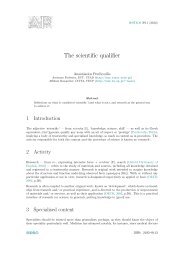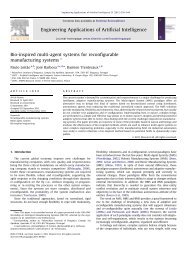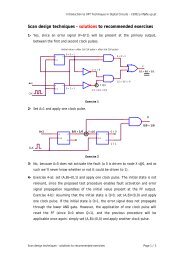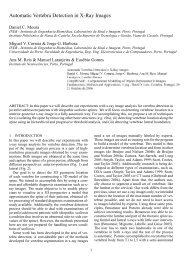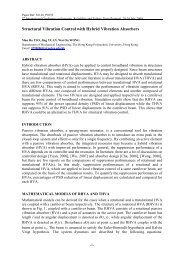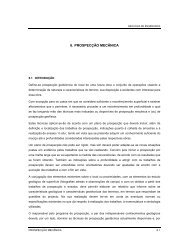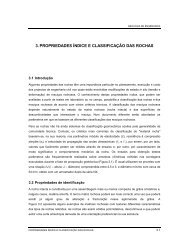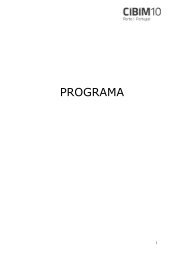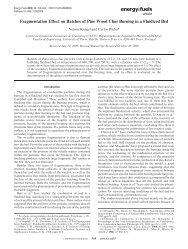Use-Case Controller
Use-Case Controller
Use-Case Controller
Create successful ePaper yourself
Turn your PDF publications into a flip-book with our unique Google optimized e-Paper software.
<strong>Use</strong>-<strong>Case</strong> <strong>Controller</strong> 5<br />
In the development of a family of applications, it is also desirable<br />
to have use-case implementations reusable across several<br />
applications, although combined and configured in different<br />
ways [9].<br />
Forces<br />
Solution<br />
A solution to such a design problem should balance the<br />
following forces:<br />
• A use case implementation should preserve the integrity of<br />
the use case flow specification.<br />
• The same use case implementation should be executable<br />
with different user interfaces and system components,<br />
regarding that they satisfy the requirements given by the use<br />
case.<br />
• The behaviour of a use case implementation should be easily<br />
configurable with other use cases, either by extending it or<br />
by replacing some of its parts.<br />
• <strong>Use</strong> case implementations should be flexibly assembled<br />
together in several configurations to build different<br />
applications, once ensured that their implementations are<br />
compatible in terms of user interfaces and system services<br />
requirements.<br />
• A use case implementation should be easy to relate to the<br />
corresponding use-case model and thus preserve the<br />
traceability to and back earlier development models.<br />
The pattern suggests delegating the responsibility of managing<br />
the use case flow of execution to a dedicated use-case controller<br />
object, which requests services both from model objects and view<br />
objects:<br />
• controller objects manage the flow of interactions between<br />
users and system, and coordinate associated views, models<br />
and related use cases (inclusions, extensions);<br />
• model objects provide a single interface to a set of entity<br />
objects that encapsulate system information and behaviour<br />
outliving a use case execution;<br />
• view objects wrap boundary objects through which users<br />
communicate with the system, and inversely.<br />
Copyright © 2001 Ademar Aguiar, Alexandre Sousa and Alexandre Pinto.<br />
All rights reserved. Permission granted to copy for all purposes of EuroPLoP’2001.




